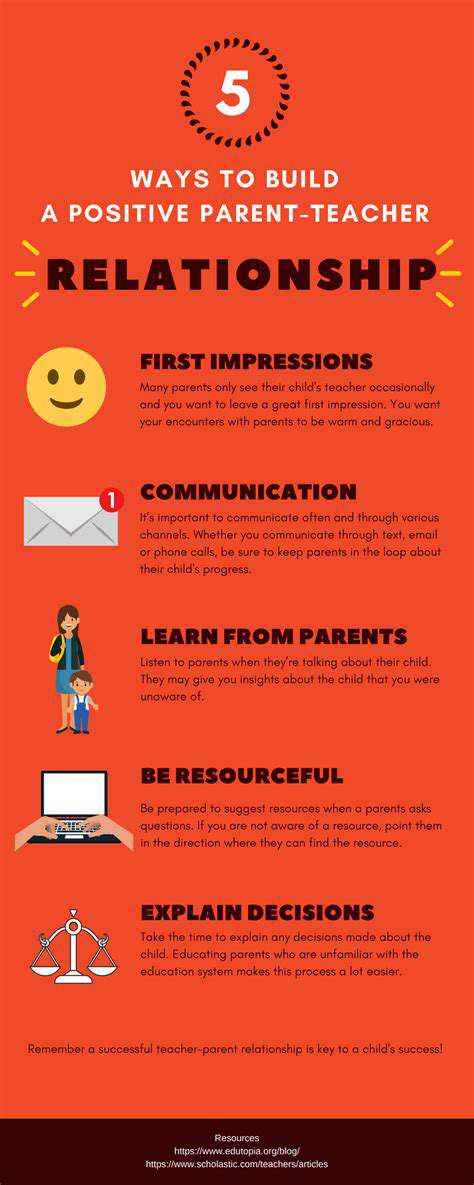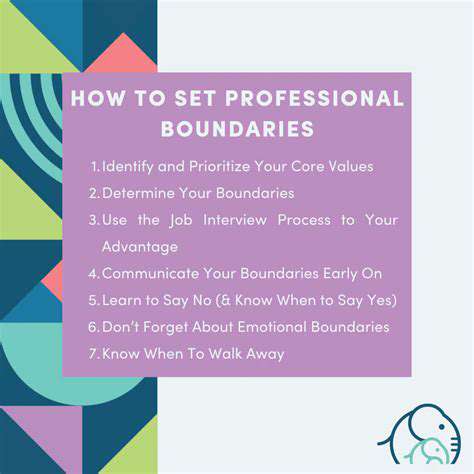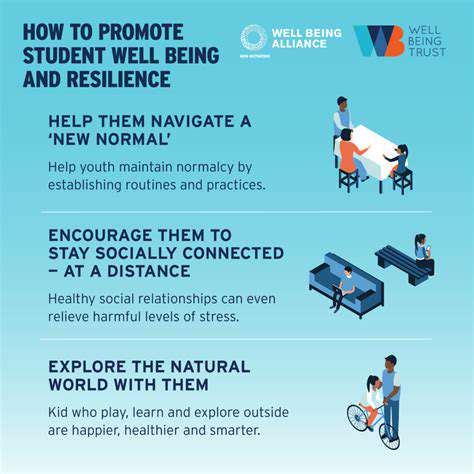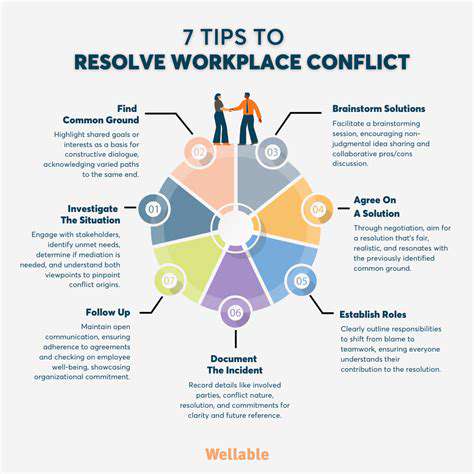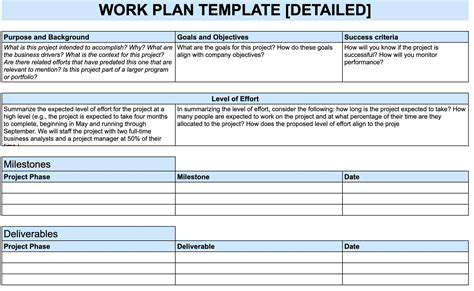Co Parenting Challenges and Solutions Post Divorce
When tensions rise, implementing a 24-hour cooling-off period before responding to inflammatory messages often prevents regrettable exchanges. This practice protects children from witnessing parental conflict while allowing emotions to settle.
Documenting Agreements and Decisions
Shared digital documents prove invaluable for tracking parenting plans, expense allocations, and medical decisions. Cloud-based platforms allow real-time updates while maintaining version history. Detailed records prevent he said/she said scenarios and provide clarity when memories differ. Include sections for extracurricular activities, holiday schedules, and important contact information.
Quarterly reviews of these documents ensure they evolve with children's changing needs. Treat these updates as business meetings rather than personal negotiations - the focus remains on the children's best interests.
Seeking Professional Guidance
When communication breaks down repeatedly, involving a neutral third party can reset the dynamic. Family therapists specializing in co-parenting teach practical techniques for de-escalation and structured problem-solving. Many parents find that just a few mediation sessions provide enough tools to sustain healthier communication long-term.
Professional support becomes particularly crucial when introducing new partners or navigating major life transitions. These neutral facilitators help maintain focus on parenting priorities rather than past relationship grievances.
Focusing on the Children's Well-being
Every co-parenting decision should pass through one simple filter: how will this affect our children? Kids thrive on stability, so maintaining consistent rules between households (bedtimes, screen time limits, etc.) provides crucial emotional security. Avoid putting children in messenger roles or asking them to report on the other parent's household.
Celebrate milestones and achievements together when possible. A unified parental presence at school events or birthdays reinforces that while the marriage ended, the parenting partnership continues. This consistency helps children adjust to their new family structure with greater resilience.
Establishing Consistent Parenting Styles and Routines
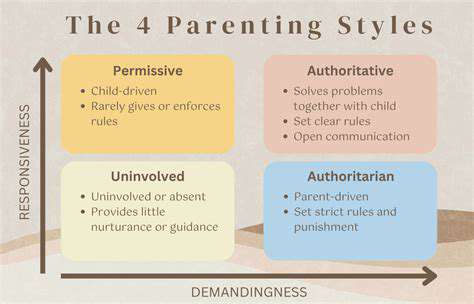
Understanding the Importance of Consistency
Children's developing brains crave predictability. When parents maintain similar expectations across households, children expend less emotional energy adjusting to different rules and can focus more on healthy development. This stability becomes especially crucial during the turbulent post-divorce adjustment period. Research shows children in consistent co-parenting environments exhibit better academic performance and fewer behavioral issues.
Inconsistency breeds anxiety. Without clear guidelines, children may test boundaries excessively or withdraw emotionally. Regular routines around meals, homework, and bedtime provide comforting structure amid family changes.
Defining Clear Expectations
Effective co-parents collaborate to establish unified household guidelines. Create written lists of non-negotiable rules (safety-related) and flexible areas where each home can personalize. Presenting these expectations to children jointly eliminates any perception of good cop/bad cop dynamics. Use positive framing - In our family, we... rather than endless don'ts.
For school-aged children, involve them in setting some age-appropriate expectations. This participatory approach increases buy-in and teaches responsibility. Revisit these guidelines annually as children mature.
Implementing Consistent Rules and Consequences
While perfect uniformity between homes is unrealistic, aligning on major disciplinary areas prevents manipulation. Agree on core consequences for serious issues (lying, aggression) while allowing minor variations in daily routines. The key is ensuring children can't play one parent against the other regarding fundamental boundaries.
Natural consequences often teach better than arbitrary punishments. If a child forgets homework at Mom's house, resist the urge to rescue by delivering it - let them experience the school consequence while both parents offer supportive coaching for better organization next time.
Modeling Desired Behaviors
Children absorb relationship blueprints by observing parental interactions. How co-parents speak about each other in the children's presence powerfully shapes their emotional development. Even simple gestures like respectful language during exchanges or attending school events together model healthy conflict resolution.
Consistency extends to self-care modeling. When children see both parents managing stress through exercise, hobbies, or social support rather than destructive habits, they internalize these coping mechanisms.
Communicating Effectively
Transition periods between households often trigger anxiety. Develop predictable rituals - perhaps a shared journal that travels with the child or a special handoff routine. These small consistencies provide emotional anchors during the back-and-forth transitions. Older children may appreciate a group text thread where both parents receive important updates simultaneously.
When discussing rule adjustments, present a united front to children after private parent discussions. This prevents children from exploiting parental disagreements and maintains authority structures.
Managing Stress and Maintaining Patience
Co-parenting requires emotional bandwidth. Recognize that consistency doesn't mean perfection - occasional deviations won't undo progress. When stress threatens patience, practice the 10-minute rule: Delay responses to provocative communications for at least 10 minutes to regain composure.
Build personal support networks to avoid emotional dumping on children. Many communities offer co-parenting support groups where shared experiences normalize the challenges. Remember that children benefit most from parents who model resilience and adaptability alongside consistency.



